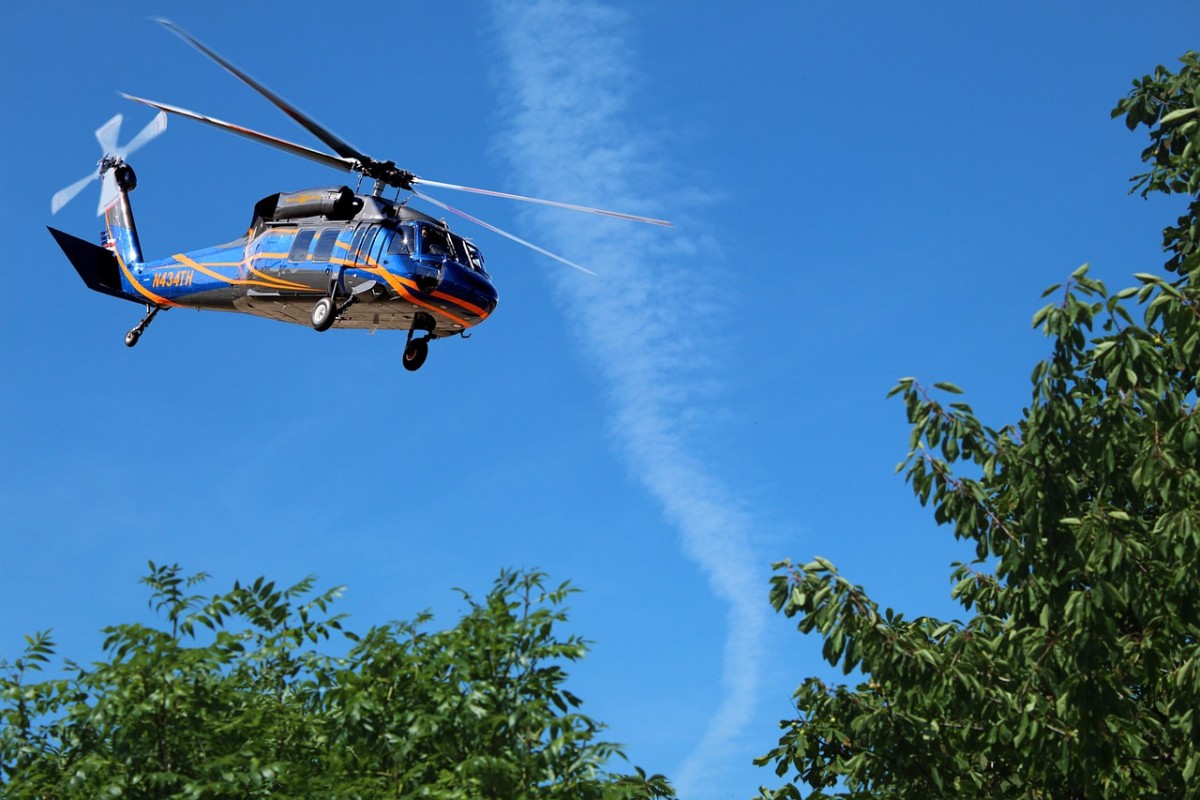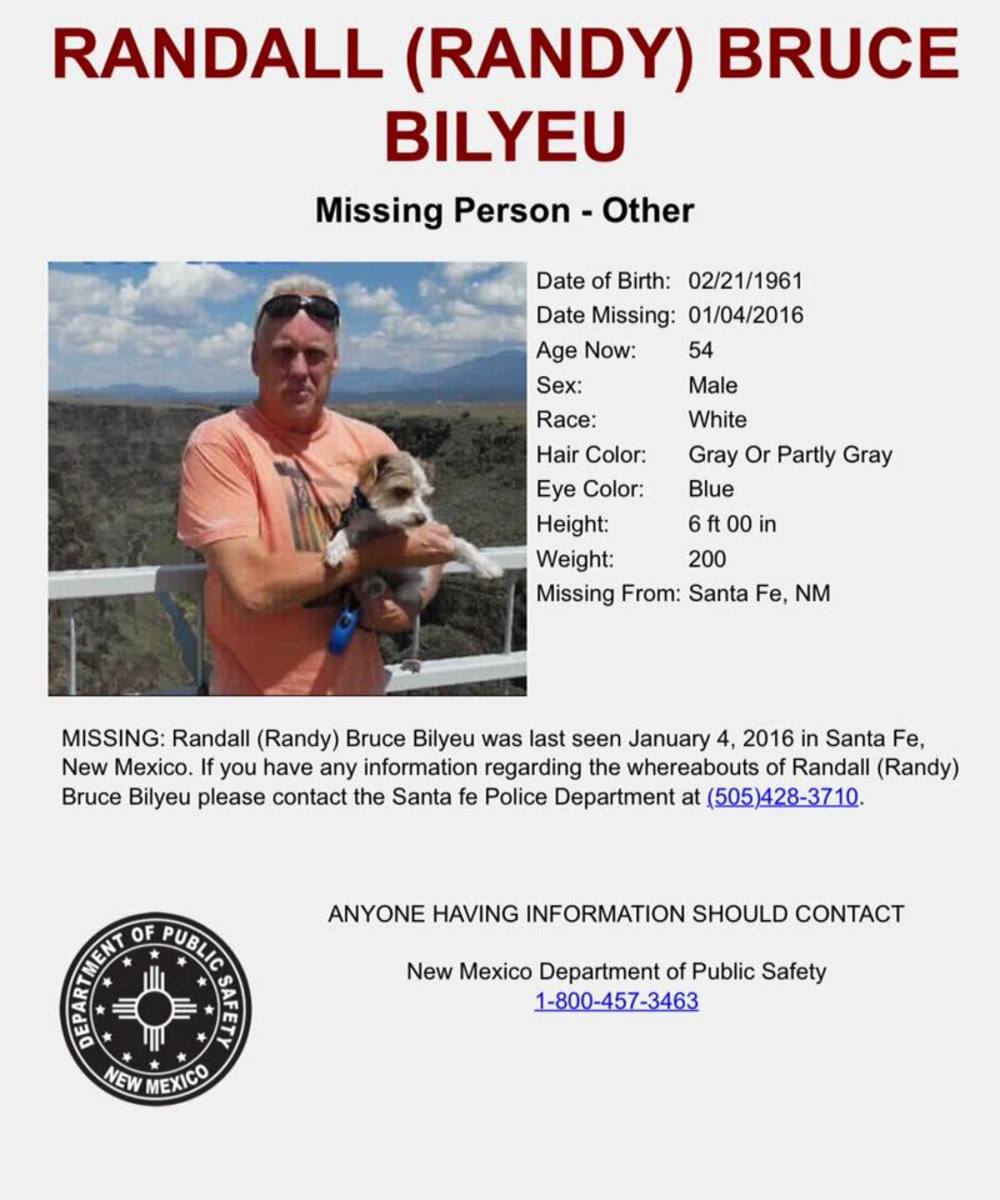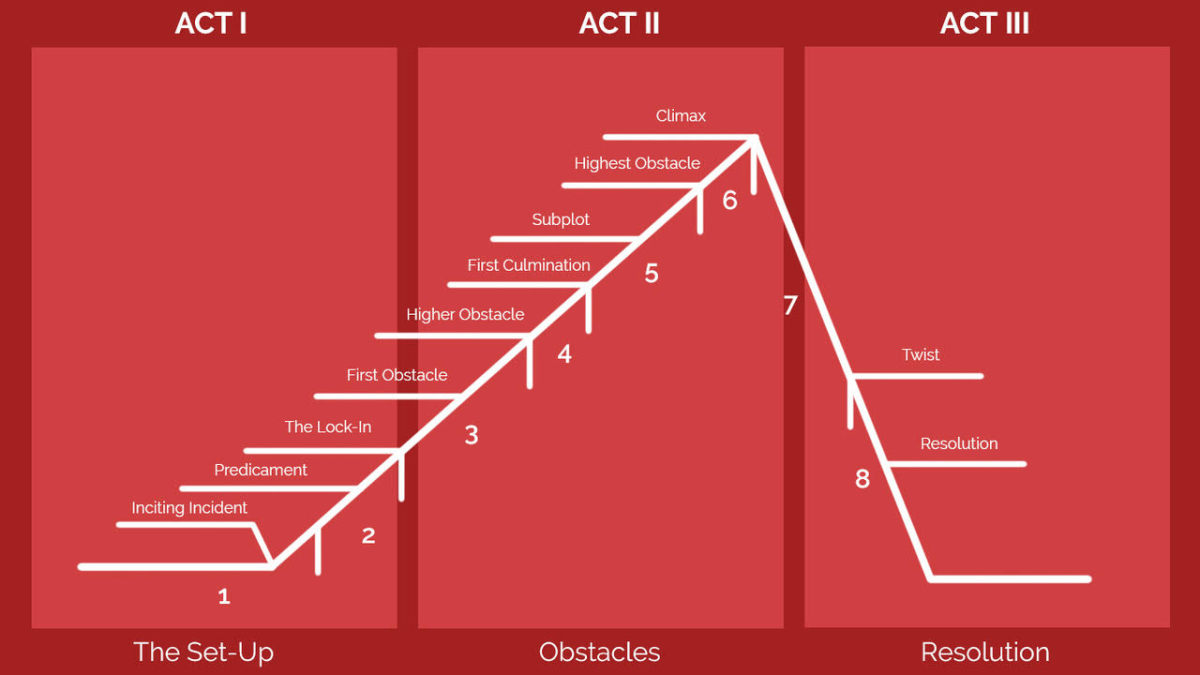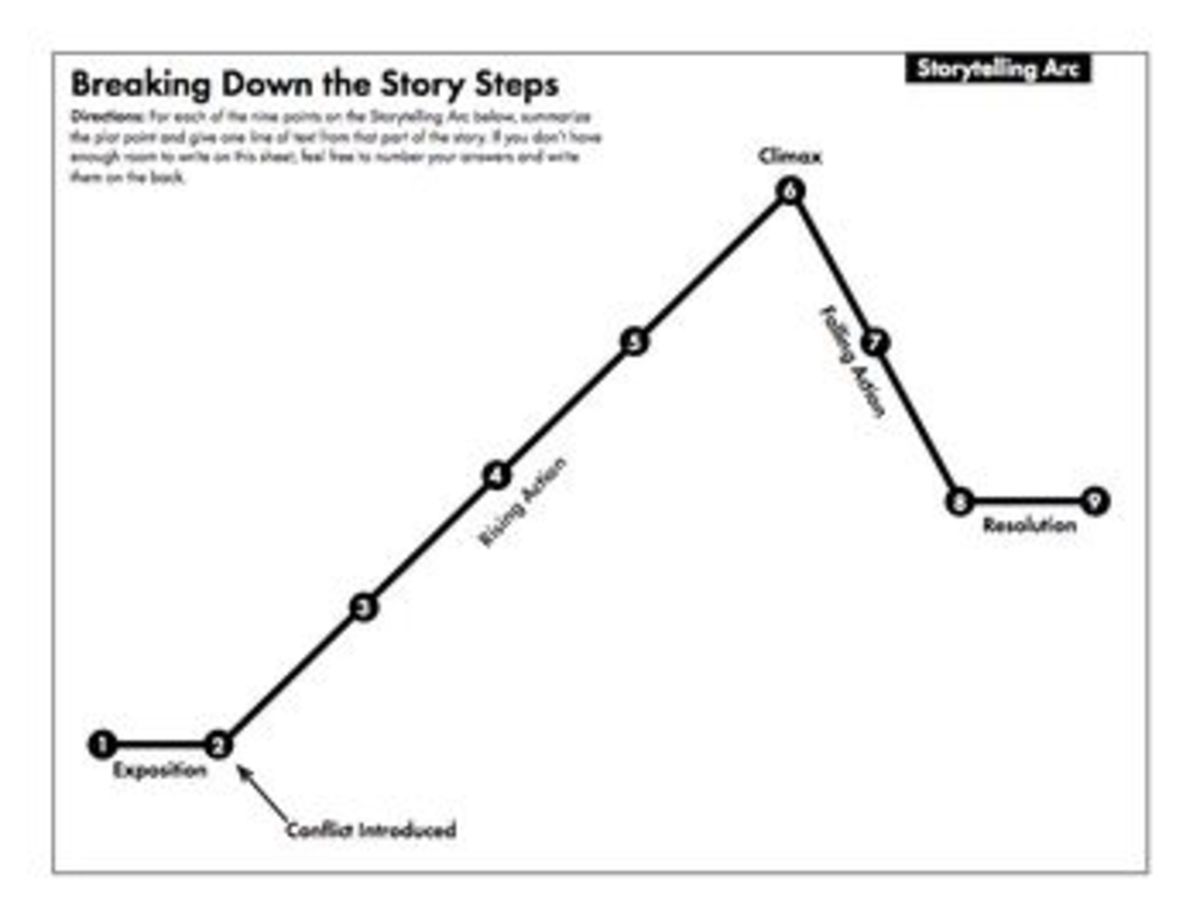All About Grid Searches
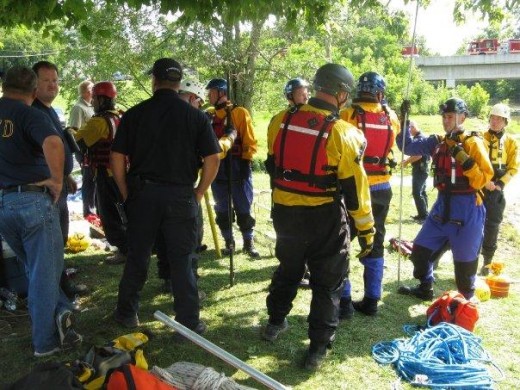
By Joan Whetzel
When writing fiction or nonfiction stories that involve missing persons, you may want to consider adding a grid search. Grid searches are used by local authorities to track down missing persons, look for evidence, or eliminate large areas of real estate as the site where that person went missing or died. Understanding how authorities create a grid map, determine where the person was last seen, set up and perform the grid search will make the story more accurate and more believable.
Creating a Grid Map
Maps of the search area are divided up into grids. Rows are labeled A,B,C, etcetera along both the right and left hand sides of the map, from top to bottom. Columns are numbered on the top and bottom of the map, from left to right, beginning with the number one. The number of squares in the grid depends on the size of the search area and the number of people searching. To locate a particular square on the map grid, follow a row and a column until they meet. Example: Grid squares will be referred to as A1, B2, C3 and so on, so that A1 is the first square on Row 1 in Column A, for instance, while H7 will be found where Row 7 aligns with Column H.
Determine the Point Last Seen or the Last Known Position
A lead agency (i.e. Texas Equusearch) is either chosen or volunteers to set up a grid search. The lead agency will work in conjunction with the local police and fire departments as well as the local search and rescue teams. The lead agency must research the basic information about where the missing person was last seen, or their last known position.
Determination of where the missing person was last seen is made through positive witness identification (e.g. a friend parted company with the missing person last night at 9 PM at a specified location). When a person goes missing and no witnesses can place that person at a specific location, the missing person's last know position is established through evidence left he or she may have left behind, such as an abandoned vehicle or a dropped purse or wallet.
This information becomes the basis for the grid search. The map grid is centered around the location where the person was last seen or the evidence indicating their last known position.
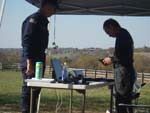
Setting Up the Grid Search
When setting up a search grid, the second responsibility of the lead agency - after setting up the grid map - is to call for volunteers to show up at the grid search at a specific date and time. The lead agency may have several grid maps ready, depending on how many search volunteers show up. The larger the group performing the search, the smaller the search area for each person on that search team.
When arriving at the search area, volunteers are asked to report to the command center - usually a tent with a table manned by the lead agency - where they will sign in. From there, volunteers will be given whatever equipment they will need to conduct the search (i.e. flashlight, whistle, walky-talky, marker flags). They will also be given instructions as to how to perform the search, how to keep from contaminating any evidence, how to mark the evidence, and the area they will be searching.
The command center will also be the place that food and beverages will be set up for volunteers and will also act as a first aid center. Any information or evidence discovered during the grid search will be brought back here for the authorities to bag and tag and take back to headquarters for examination.
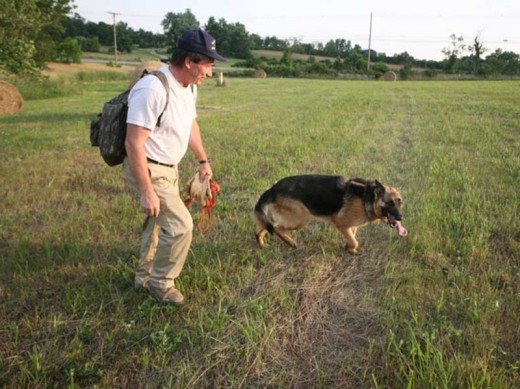
Performing the Grid Searches
The grid search begins once the search area has been determined, the number of volunteers have been ascertained, and the instructions and assignments given. Grid search volunteers are generally spaced apart so that evidence is not trampled and the potential crime scene is muddied up with gazillions of foot prints. It can take approximately 6 hours for one grid searcher to cover one square mile.
Search and Rescue teams as well as agencies like Texas Equusearch can provide more detailed information for grid searches in particular kinds of terrains. Look up the Search and Rescue teams in the area you are interested in to get the details that will match the location of your story.
References
Alpha Rubricon. SAR Field Search Methods.
http://www.alpharubicon.com/rsar/sartechcent.htm
Greater Philadelphia Search and Rescue. Search and Rescue Glossary and Acronyms.
http://www.gpsar.org/sarterms.html
Waitt Institute for Discovery. Grid Search for Amelia.
http://searchforamelia.org/final-grid
Pennsylvania Department of Conservation and Natural Resources. Principles of Search and Rescue a Volunteer Should Know.
http://www.dcnr.state.pa.us/forestry/searchandrescue/volunteer.aspx
Civil Air Patrol. Conventional Grid System.
http://www.cap-es.net/CAPGrids/Conventional%20Grid%20System.htm
Royal Canadian Mounted Police. Search and Rescue.
http://www.rcmp-grc.gc.ca/ccaps-spcca/rs-eng.htm
Washington Search and Rescue. Search and Rescue Resources.



